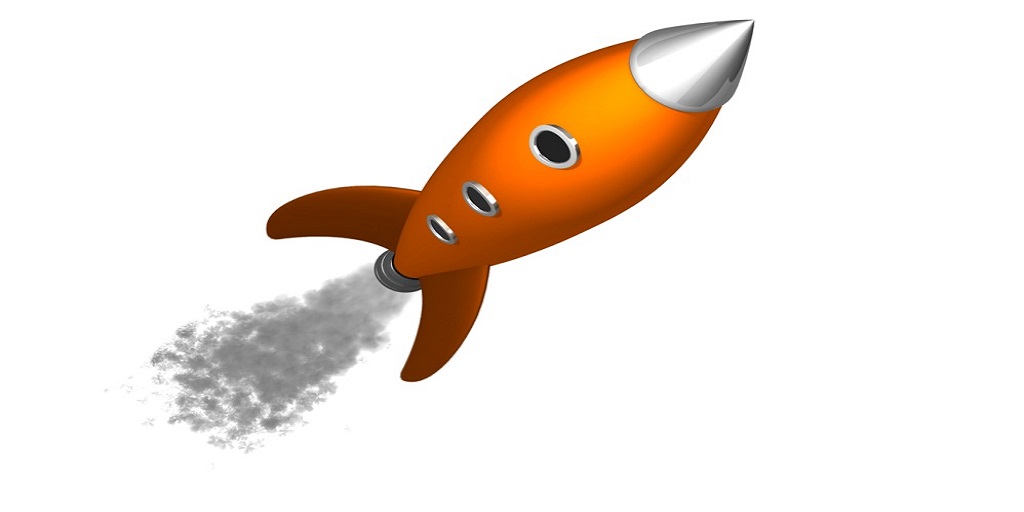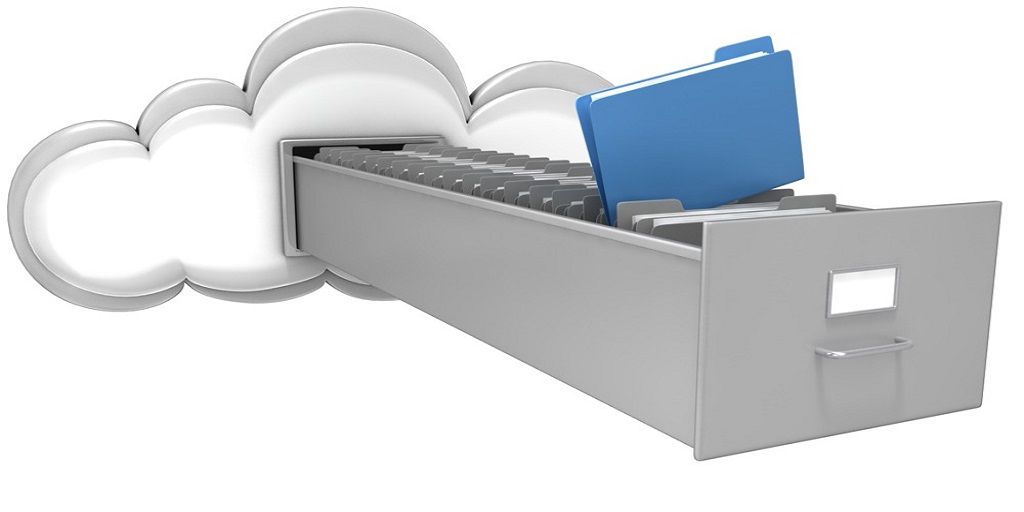PATENTS & INVENTIONS SERIES Part 2
In my last column on this blog I shared some of my conversation with my neighbor, Jim, about suitable subject matter for a patentable invention. (If you missed that column, you can find it in the archives of this blog.) I also mentioned that, since Jim is an independent inventor and interested in getting a patent, I would use this blog to share the questions from Jim and others, and my answers to them with other independent inventors. Here goes:
Yesterday was a hot summer day and Jim convinced me that we could avoid the afternoon heat by retreating to the local pub. (I knew he had a hidden agenda, but it still seemed like a good idea.) As soon as we had a couple of cold beers in hand he began.
“Art, I just heard about a type of patent application called a ‘provisional patent application.’ I understand that they can be filed quickly and inexpensively and that sounds interesting to me. Can you tell me more about them?”
I told him that he’s correct – they can be filed quickly and inexpensively. But they but they have both advantages and disadvantages and it’s well to be fully aware of both before filing.
First, provisional applications are easier, and thus quicker, to write since they can be written in a more informal manner and don’t require some of the more complex and difficult features, such as claims, or any particular format, that are required in a standard, that is, non-provisional. application. (However, a provisional application must describe how to make and use the invention.)
In considering the pros and cons of filing a provisional application, it’s important to be aware that the application is not subject to examination and will not become a patent. It will become abandoned one year after filing. A regular (non-provisional) patent application may be filed before the year is up and will be accorded the benefit of the earlier filing date of the provisional application.
In addition to the low cost and simplicity of preparation, the provisional application offers the advantage of providing immediate “patent pending” status for your invention. You then have the right to mark your product with that phrase or refer to it in publications, such as advertisements.
Still another advantage is in the measurement of the patent term. The period of pendency (up to one year) of the provisional application is excluded from the 20 year term calculation of a patent granted on the non-provisional application that that relies on the filing date of the provisional application.
Considering the advantages it offers, a provisional patent application is relatively inexpensive. The filing fee is $110.00 for inventors who qualify as a “small entity”.
“What’s a small entity?” Jim asked.
It’s a category created by the Patent Office that includes independent inventors, small business concerns (with fewer than 500 employees) and non-profit organizations. They are entitled to a 50% reduction on many of the U.S. Patent Office fees.
I’ll follow up with more of Jim’s questions (and my answers) In future blogs. In the meantime, if you have a question just e-mail it to me in care of this blog I will answer it as soon as I can.



